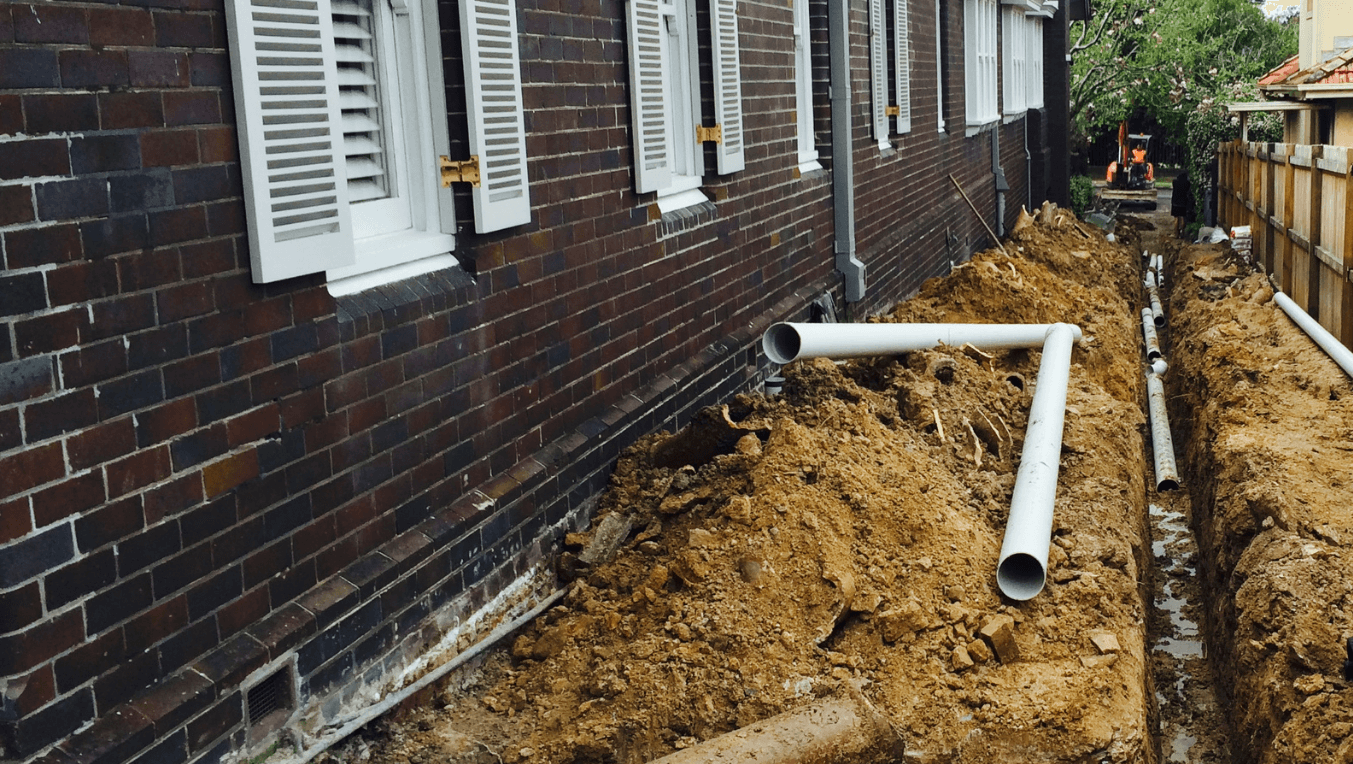When it comes to dealing with damaged or deteriorating pipes, property owners often face a critical decision: should they opt for traditional pipe replacement or choose the modern alternative of pipe relining? Both methods have their merits, but in this blog post, we will discuss why pipe relining is the superior option for most situations. We’ll explore the differences between pipe relining and replacement and highlight the numerous advantages of pipe relining.
Understanding Pipe Replacement
Pipe replacement involves the complete removal of the old, damaged pipes and the installation of new ones in their place. This process is labor-intensive, time-consuming, and can disrupt your property significantly. Here are some key points to consider about pipe replacement:
Digging and Excavation
One of the most significant drawbacks of traditional pipe replacement is the need for extensive excavation. Trenches must be dug to access and replace the old pipes, causing damage to landscapes, driveways, and structures.
Costly and Time-Consuming
Due to the labor and equipment required for excavation, pipe replacement is often more expensive and time-consuming than alternative methods.
Disruption
Property owners may face substantial disruptions to their daily lives, as well as potential damage to their landscaping and hardscapes.
Understanding Pipe Relining
Pipe relining, on the other hand, is a modern and non-invasive technique used to repair damaged or deteriorating pipes. Instead of removing the old pipes, pipe relining involves creating a new, durable inner lining within the existing pipe. Here are some key points about pipe relining:
Minimal Disruption
One of the most significant advantages of pipe relining is that it requires minimal excavation. In most cases, only one or two access points are needed, reducing damage to your property.
Cost-Effective
While the initial cost of pipe relining may be slightly higher than traditional replacement, it often proves to be more cost-effective in the long run due to reduced labor and restoration expenses.
Durability
The new inner lining created during the relining process is highly durable and can extend the lifespan of your pipes by decades. It is resistant to corrosion, tree root intrusion, and other common pipe issues.
Quick Installation
Pipe relining is a relatively quick process compared to pipe replacement, minimizing inconvenience and downtime.
Why Pipe Relining Is the Best Option
Now that we’ve outlined the differences between pipe relining and replacement, let’s discuss why pipe relining is the superior choice:
Less Disruption
Pipe relining minimizes disruption to your property, making it an ideal choice for homeowners who want to preserve their landscaping and structures.
Cost-Effective in the Long Run
Although the upfront cost of pipe relining may be slightly higher, it often proves to be more cost-effective when you consider reduced labor and restoration expenses.
Durable and Long-Lasting
The new lining created during pipe relining is highly durable and can extend the lifespan of your pipes significantly.
Environmentally Friendly
Pipe relining reduces the need for excavation and the disposal of old pipes, making it a more environmentally friendly option.
Conclusion
In most cases, pipe relining is the best option for repairing damaged or deteriorating pipes. It offers numerous advantages over traditional pipe replacement, including less disruption, cost-effectiveness, durability, and environmental benefits. When faced with the choice between these two methods, property owners should seriously consider the benefits of pipe relining for a more efficient and less invasive solution to their plumbing problems.
